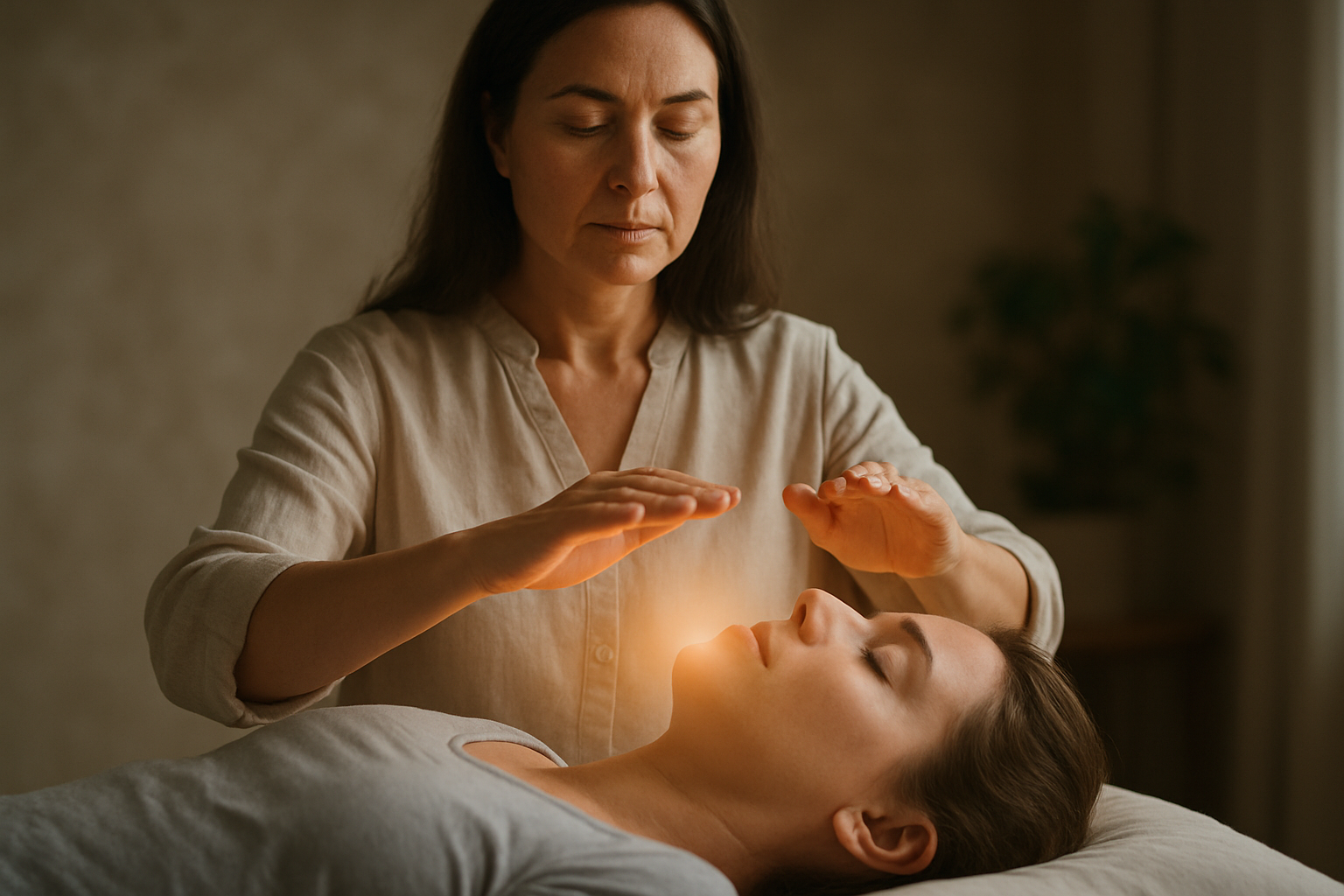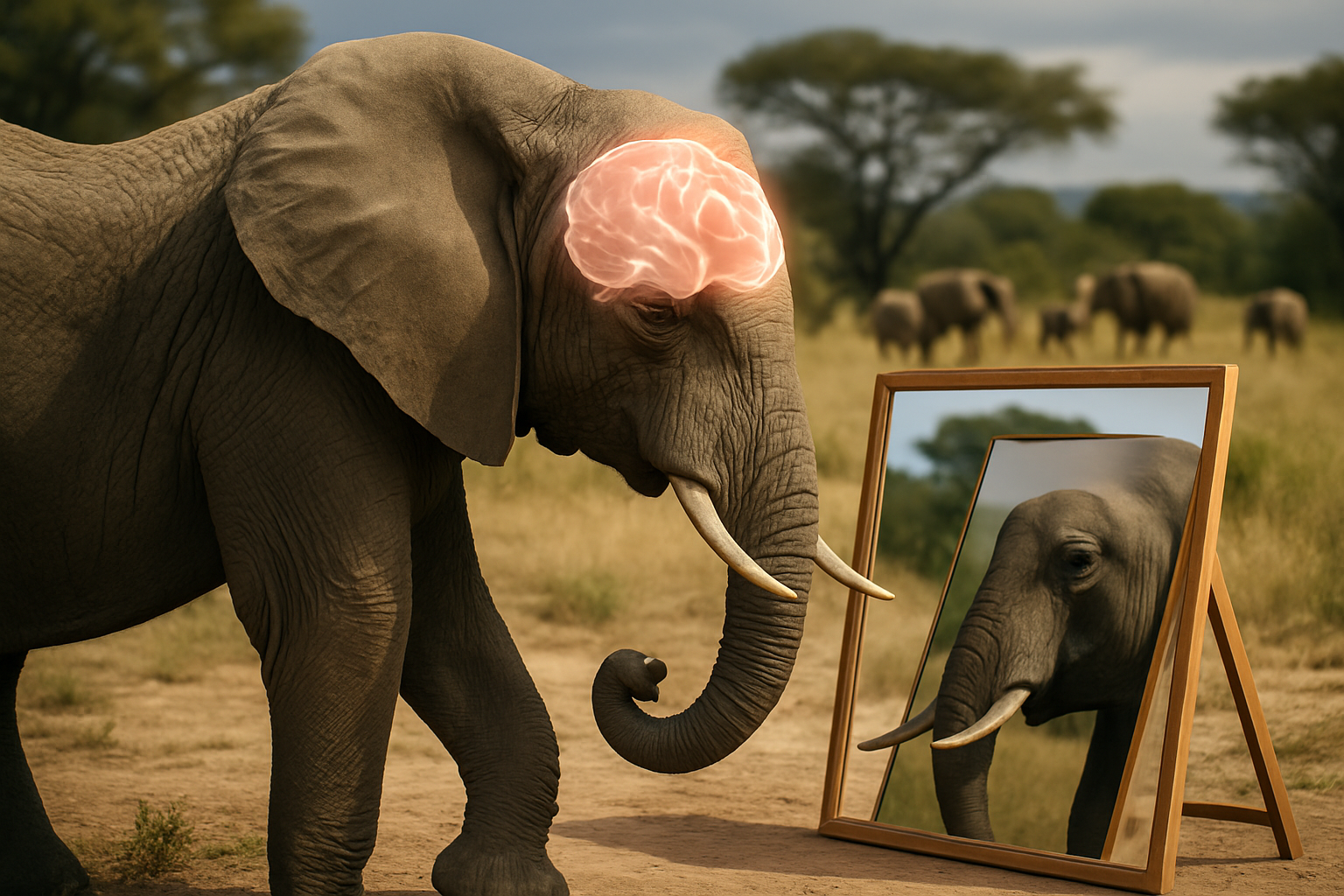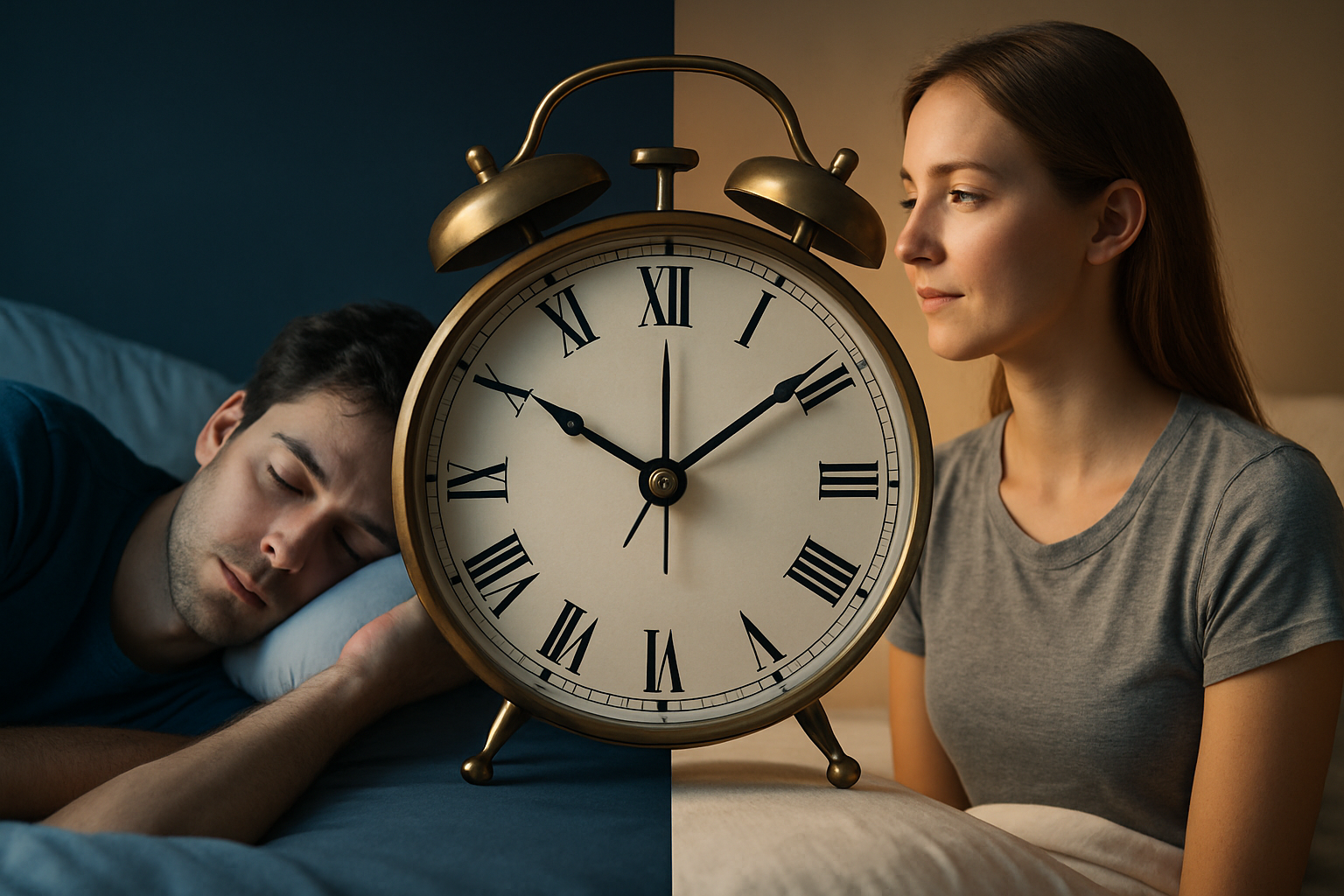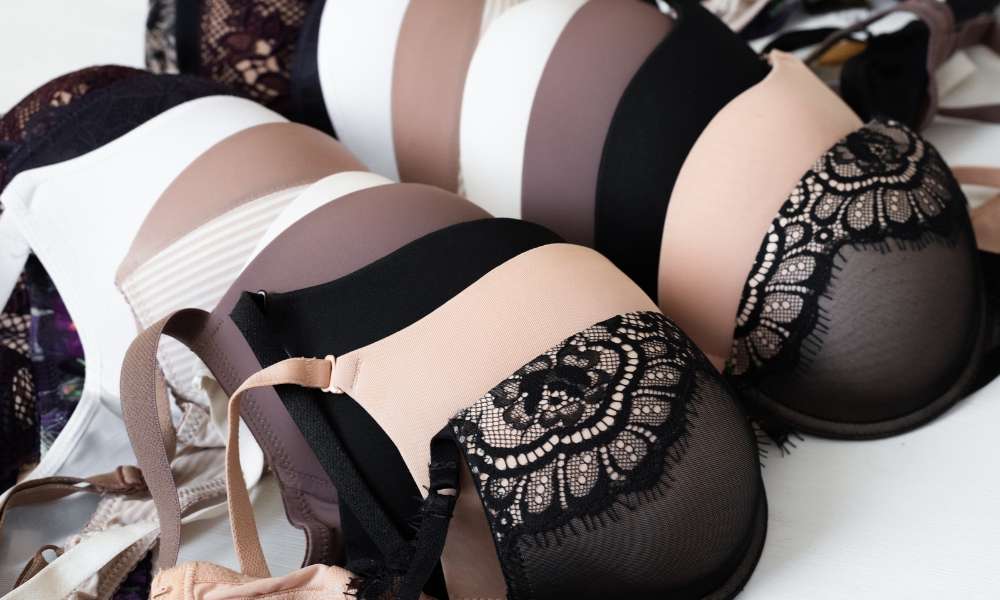Chromotherapy: The Spectrum of Wellness
In the ever-evolving landscape of beauty and fitness, a vibrant trend is emerging that harnesses the power of color to enhance both physical and mental well-being. Chromotherapy, also known as color therapy, is gaining traction as a holistic approach to health and beauty. This ancient practice, which dates back thousands of years, is experiencing a modern revival in spas, wellness centers, and even home care routines. As more people seek natural, non-invasive ways to improve their overall health and appearance, chromotherapy offers a unique blend of tradition and innovation. From its historical roots to its current applications in skincare and fitness, this colorful therapy is painting a new picture of what it means to look and feel your best.

The Greek physician Hippocrates, often regarded as the father of modern medicine, also recognized the importance of color in healing. He used colored ointments and dyes in his treatments and even designed rooms with specific color schemes to aid in the recovery process. This early understanding of color’s impact on health laid the foundation for chromotherapy’s development over the centuries.
During the Islamic Golden Age, scholars like Avicenna further explored the relationship between color and well-being. They developed sophisticated theories about how different colors could affect mood, physical health, and even spiritual states. These ideas spread throughout Europe during the Middle Ages and Renaissance, influencing both medical practices and artistic expressions.
The Science Behind the Spectrum
Modern chromotherapy is grounded in the understanding that light is a form of energy that can affect our bodies at a cellular level. Each color in the visible spectrum has a unique wavelength and frequency, which can interact with our biological systems in different ways. Research has shown that exposure to specific colors can influence everything from our heart rate and blood pressure to our hormone production and circadian rhythms.
For example, blue light has been found to have a calming effect, reducing stress and lowering blood pressure. It’s also known to suppress melatonin production, which can be beneficial for treating seasonal affective disorder but problematic when overexposed through digital screens at night. On the other hand, red light has been shown to stimulate circulation and collagen production, making it a popular choice in anti-aging treatments.
Green light, which sits in the middle of the visible spectrum, is often associated with balance and harmony. Studies have suggested that exposure to green light can help reduce pain and improve sleep quality. Yellow, the color of sunshine, is linked to improved mood and increased serotonin production, potentially offering benefits for those dealing with depression or anxiety.
Chromotherapy in Modern Skincare
The beauty industry has embraced chromotherapy with open arms, integrating color-based treatments into a wide range of products and services. LED light therapy masks have become increasingly popular, offering at-home treatments that claim to address various skin concerns. These devices typically use different colored lights to target specific issues:
-
Red light for anti-aging, stimulating collagen production and reducing fine lines
-
Blue light for acne treatment, killing bacteria and reducing inflammation
-
Green light for hyperpigmentation, evening out skin tone and reducing redness
-
Yellow light for rejuvenation, boosting lymphatic flow and improving skin texture
Professional spa treatments have also incorporated chromotherapy, often combining light therapy with other modalities like facials or massages. Some high-end spas offer chromotherapy rooms where clients can immerse themselves in a specific color environment, designed to promote relaxation, energization, or healing depending on their needs.
Skincare products are getting in on the trend as well, with color-correcting serums and creams that use the principles of color theory to neutralize skin discoloration. For instance, green-tinted products are marketed to counteract redness, while purple-hued formulations aim to brighten sallow or yellow-toned skin.
Fitness in Full Color
The fitness industry is also exploring the potential of chromotherapy to enhance workout experiences and results. Some innovative gyms and studios have begun incorporating colored lighting into their spaces, creating immersive environments that aim to boost energy, focus, or relaxation depending on the type of exercise.
For example, high-intensity interval training (HIIT) classes might use energizing red or orange lighting to increase heart rate and motivation. Yoga or meditation sessions could employ calming blue or purple hues to promote deep breathing and mindfulness. This approach to fitness environment design is based on the idea that our surroundings can significantly impact our mental state and physical performance.
Wearable technology is another area where chromotherapy is making inroads in the fitness world. Some smartwatches and fitness trackers now include light therapy features, using colored LEDs to help regulate sleep cycles or provide mood-boosting light exposure throughout the day.
The Future of Color-Based Wellness
As research in the field of chromotherapy continues to evolve, we can expect to see even more innovative applications in beauty and fitness. One promising area is the development of personalized color therapy programs, tailored to an individual’s specific needs and goals. This could involve comprehensive assessments of a person’s physical, emotional, and energetic state to create custom color exposure plans.
Virtual and augmented reality technologies also hold potential for expanding the reach of chromotherapy. Imagine immersive virtual environments that use color to create deeply relaxing or invigorating experiences, accessible from the comfort of one’s home. These technologies could revolutionize how we approach stress relief, meditation, and even physical therapy.
In the realm of skincare, we may see the development of more sophisticated light therapy devices that can precisely target specific skin layers or concerns. This could lead to more effective and customized treatments for a wide range of skin conditions.
As our understanding of the biological effects of color deepens, chromotherapy may also find applications in broader healthcare settings. From hospital room designs that promote faster healing to light-based treatments for mental health conditions, the potential for color to play a role in our overall well-being is vast and largely untapped.
In conclusion, chromotherapy represents a fascinating intersection of ancient wisdom and modern science in the pursuit of health and beauty. As we continue to explore the power of color, we may find that the key to unlocking our full potential for wellness has been right before our eyes all along, hidden in the spectrum of visible light.





